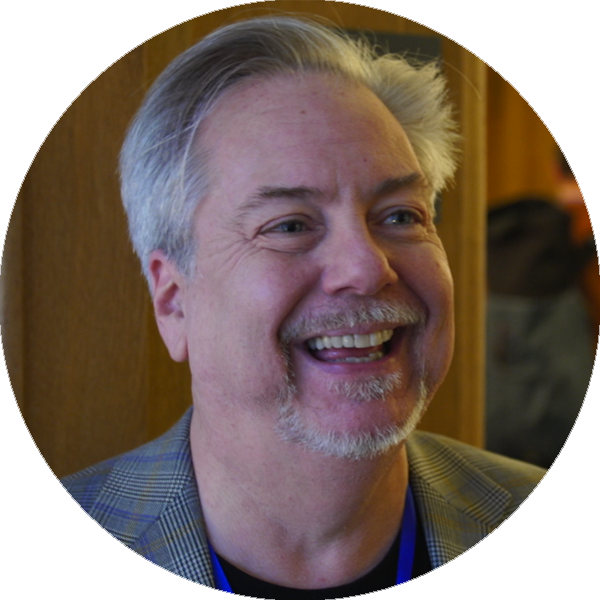Stretchning av Fascia är vitalt vid rehabilitering av skador
David Lesondak beskriver i en intervju från Fascia Research Congress i Berlin 2018 hur stretchning av Fascia är vitalt för rehabilitering av skador.



David Lesondak beskriver i en intervju från Fascia Research Congress i Berlin 2018 hur stretchning av Fascia är vitalt för rehabilitering av skador.
David Lesondak har arbetat med manuell behandling i över 25 år och specialiserat sig på myofasciell smärta. Han har länge försökt förklara vad fascia är, liksom fördelarna du får från att behandla olika problem med fascial behandling.
Denna nya insikt har lett till en löpeld av nya upptäckter som börjat utmana våra konventionella uppfattningar om människokroppen – och de senaste insikterna presenterades på Fascia Research Congress i Berlin.
Kort genomgång av hur de senaste årens forskning visar att Fascia har en mycket större betydelse för hälsa, värk och smärta än man tidigare har trott.
Denna nya insikt har lett till en löpeld av nya upptäckter som börjat utmana våra konventionella uppfattningar om människokroppen – och de senaste insikterna presenterades på Fascia Research Congress i Berlin.
Genom att vi börjat se kroppen som något som lever, och inte något som är dött, har vi kunnat börja lägga märke till andra saker.
För mycket fria radikaler leder det till oxidativ stress – ett tillstånd som kan få stora negativa konsekvenser för vår hälsa.
Från Newton, till Einstein, till dagens snabbväxande fasciaforskning. Hur förstår vi saker ur ett annat perspektiv?
2015 blev veterinär Vibeke S Elbrønd först i världen med en publikation om Fascia på hästar. För att kunna göra det blev hon tvungen att sätta sig in i all forskning som fanns om Fascia.
Fascia och den levande kroppen är ett dokument om den vetenskapliga förståelsen kroppen som en levande helhet.
Strolling under the skin är en fascinerande resa in under huden. Med små videokameror har Dr. Jean Claude Guimberteau lyckats filma levande fascia.
Många känner kanske till att C-vitamin är bra för immunförsvaret, men visste du att produktionen av ny Fascia är beroende av C-vitamin? Eller att vi förbrukar 7 gånger mer C-vitamin vid stress?